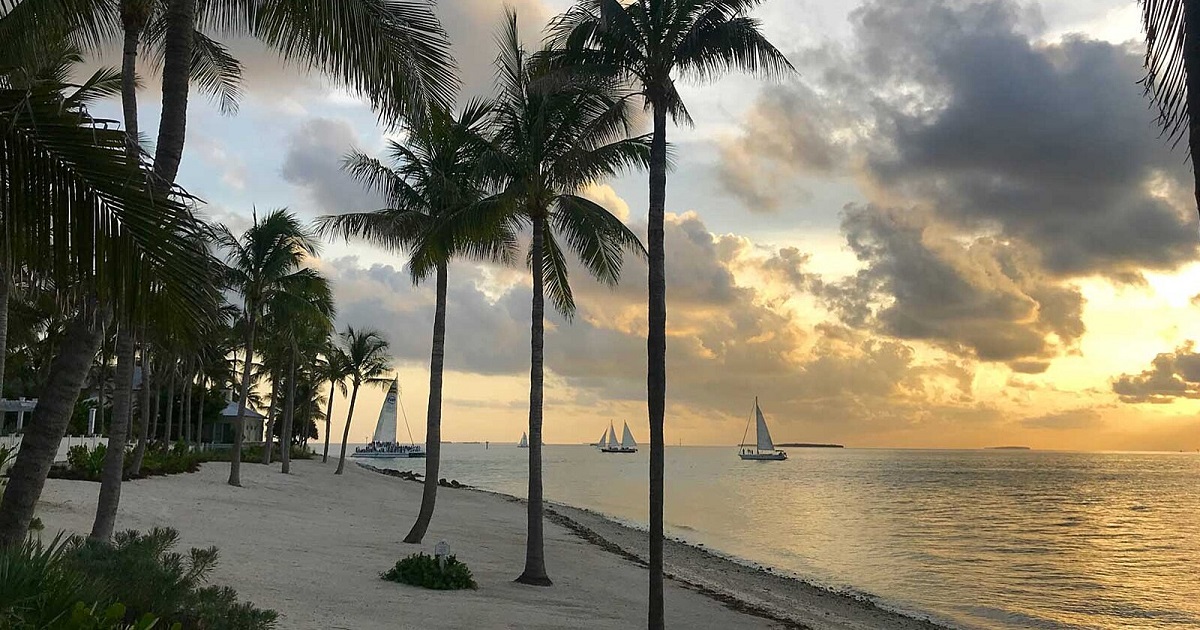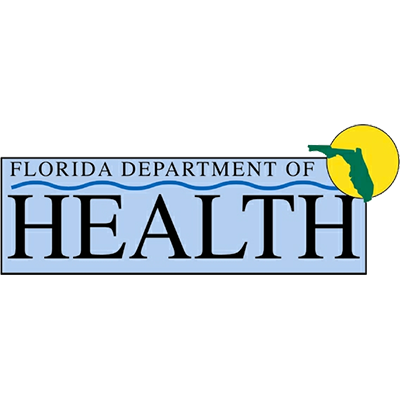The best drug rehabs in Florida, specifically Florida Springs Wellness and Recover, follow all regulations when helping patients. That does not mean that major changes could not help them. In the last 2 parts of this article group, I discussed the earliest history of medication-assisted treatment for opiate use disorder. For those that missed that piece, the methadone clinic system was designed and put into use in the 1960s around New York to curb heroin use amongst people after WW2 had ended. The buprenorphine boom did not take place because an incredible medication to fight opiate use disorder was discovered, but instead, the boom happened after major marketing campaigns by the company behind Suboxone, which is a drug that includes buprenorphine as its primary ingredient, they successfully convinced doctors and the public that Suboxone is better than generic buprenorphine (Surprise… it’s way more expensive, and its the primary method of action is the same as well as being basically same drug). The sad thing is that this same story plays out again and again. Well-meaning people work hard to make strides to help patients, and uncaring corporations prey on those good intentions, bribe state lawmakers, and their malicious greed causes them to stoop to illegality. Purdue Pharma was shut down for actions like this, so I will simply cite Purdue Pharma (made oxycontin and called in non-addictive) here to back my claim. During Coronavirus, smart people have made many recommendations that would help people get access to treatment for opiate use disorder in safe environments. I listed a few of those in the second part of this series, but now I will quote from a new study,
“Buprenorphine prescribers should be allowed and encouraged to engage in all phases of care—evaluation, initiation of therapy, and monitoring—via telemedicine when appropriate. The best drug rehab in Florida uses both telemedicine and buprenorphine, so they have greatly benefited from better rules. The Drug Enforcement Administration recently took a significant step by permitting the tile-prescribing of buprenorphine if 2-way audiovisual communication between the prescriber and the patient is in place, allowing for telephone-only communication when needed ([ 5]). Given that patients may not have adequate data access plans, we recommend that funding be allocated to support data plans for tele-prescribing visits for patients initiating or continuing buprenorphine (and methadone) treatment. In-home initiation of buprenorphine is feasible and safe and is supported by new dose titration protocols that eliminate the need for opioid withdrawal ([ 6]).”
So, let us talk about the three levels of care that experts and administrators believe could be improved using telemedicine. First, there is an evaluation. If both the patent and doctor are connected over audio and video, the doctor can do a physical examination over a teleconference. For those who do not understand; In the case of a heroin addict who is trying to use telemedicine for medication-assisted treatment, the doctor would likely want to take a look at any fresh track marks from legal use, and also be able to see other symptoms that the person experiencing withdrawal may show. By these guidelines, buprenorphine could only be prescribed when audio and video are working on both ends, because if the patients is not actually an addict then buprenorphine would be dangerous to prescribe. Just that change makes a huge difference. The wait times at the few doctors’ offices who were able to prescribe buprenorphine were always enormous, up to and ever a year. I have also talked a lot in this three-part (so far) series about barriers to patient care. Any unnecessary barrier to caring for the sick should be eliminated if the positivity of the change in regulation does not cause major problems. Originally some people believed that certain patients might sell their medication and not take it themselves. Now we better understand that buprenorphine is not at all a sought after street drug or drug of harmful abuse, and even when people purchase black market buprenorphine it is usually because they have heard it works to stop using more dangerous street drugs, I see no downside. When it comes to buprenorphine and telemedicine, proscribe often and don’t get caught up on one patient that may be selling some doses. As crazy as it sounds, black market life-saving drugs can keep people alive, keep families together, and decrease overdoses. And with more and more telemedicine, hopefully, many more people can receive the help that they deserve, rather than year-long waitlists for doctor visits in person. And those long waitlists were before the pandemic based on my reading, so imagine now. The best drug rehab in Florida and the panhandle area uses both telemedicine, buprenorphine, and many other programs. They pioneered this revolutionary lifesaving tactic as well through Dr. Raymond Pomm.
By T.A. Cannon (Contact Me at TACannonWriting@gmail.com)
References
BECKER, W. C.; FIELLIN, D. A. When Epidemics Collide: Coronavirus Disease 2019 (COVID-19) and the Opioid Crisis. Annals of internal medicine, [s. l.], v. 173, n. 1, p. 59–60, 2020. DOI 10.7326/M20-1210. Disponível em: http://search.ebscohost.com/login.aspx?direct=true&db=mnh&AN=32240291&authtype=geo&geocustid=s8475741&site=ehost-live&scope=site. Acesso em: 21 set. 2020.



